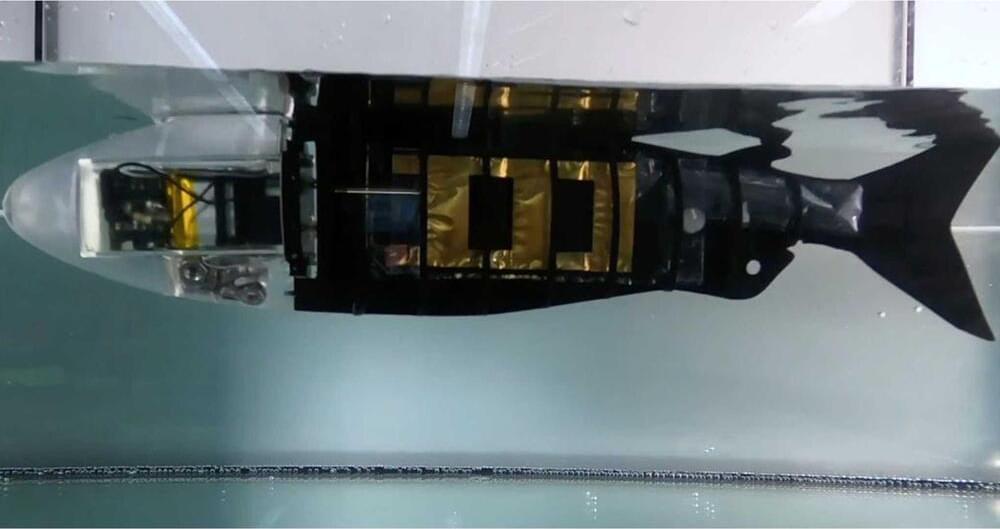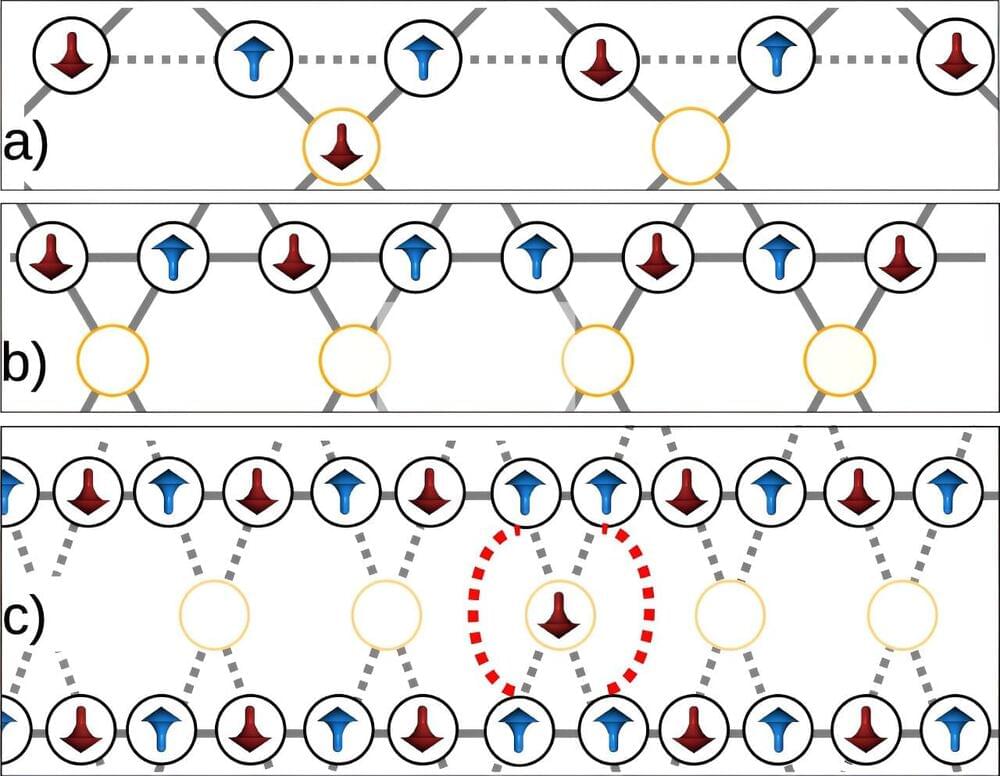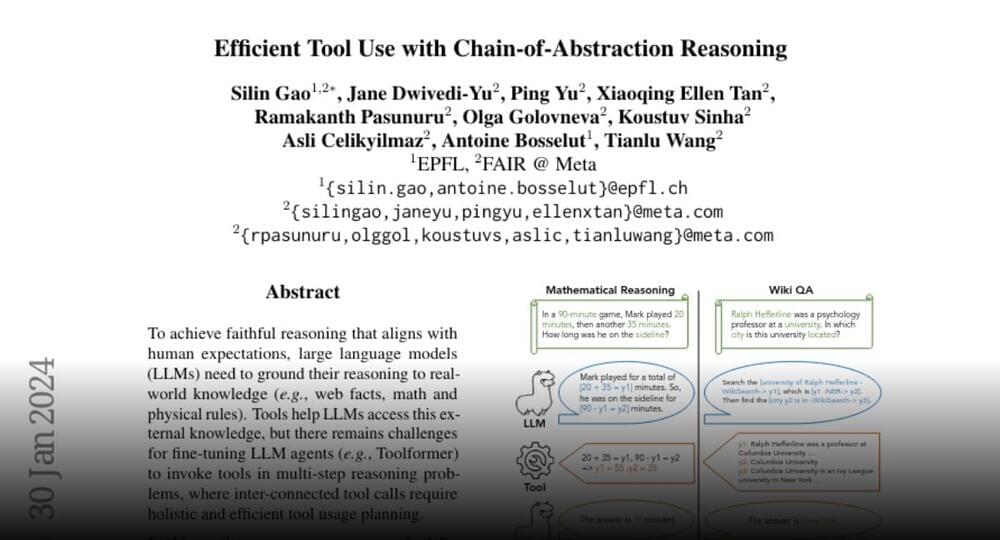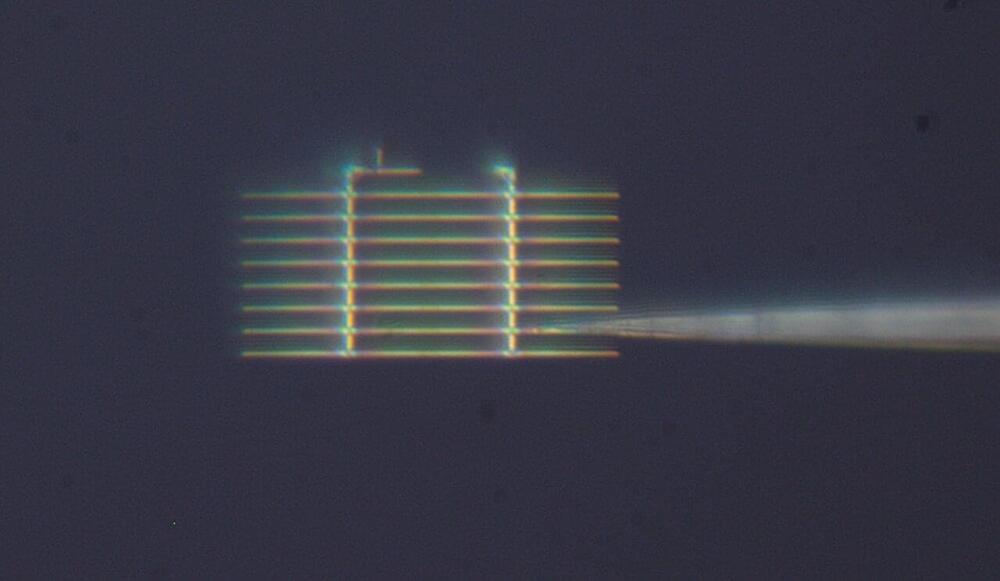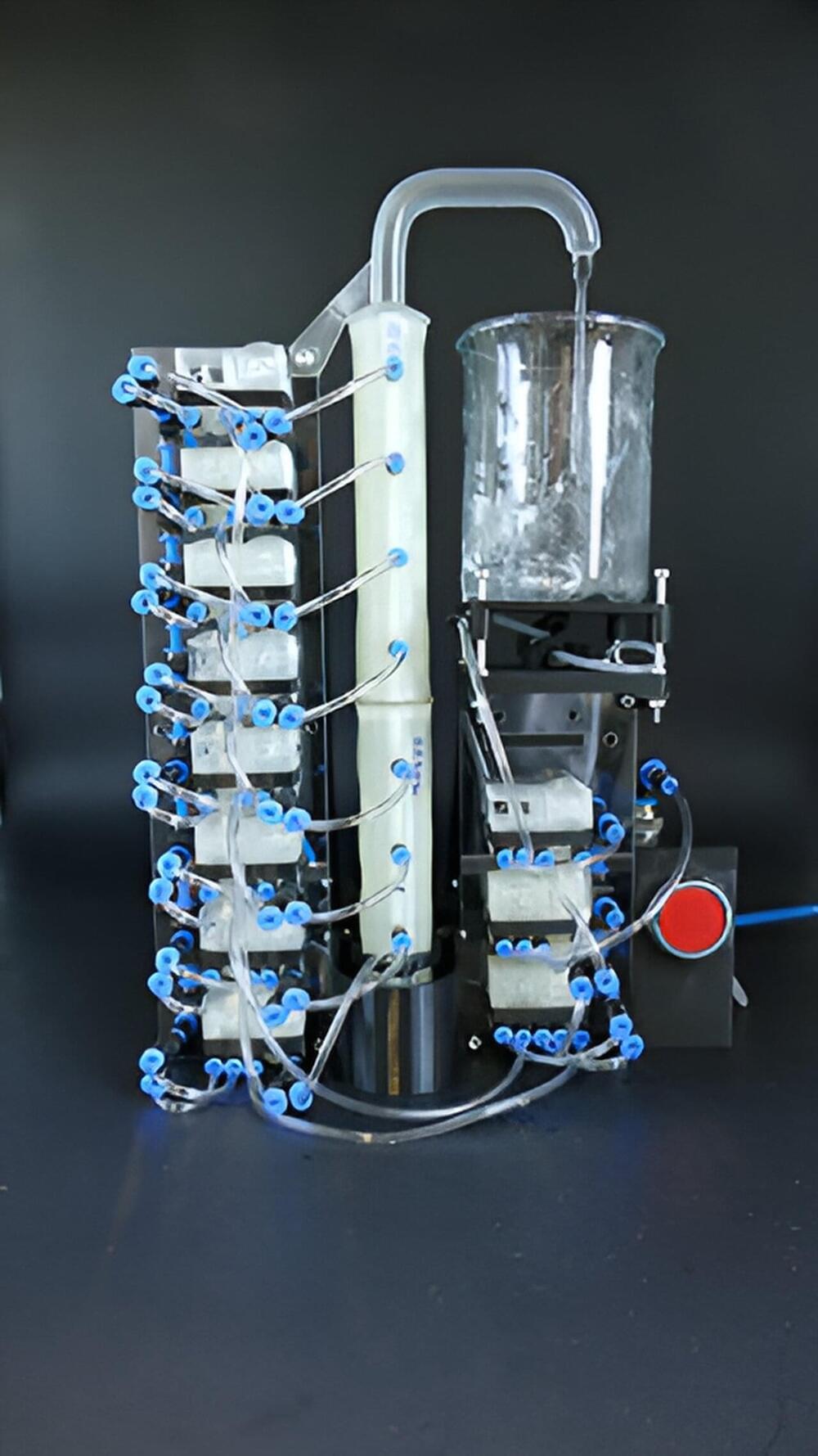Researchers at ETH Zurich have developed lighter, safer artificial muscles that outshine their predecessors. These advanced actuators boast a unique shell structure and utilize high-permittivity ferroelectric material, storing significant electrical energy.
Operating at lower voltages, the new design offers enhanced safety, waterproofing, and durability. The team claims that the innovation marks a leap forward by enabling safer, more versatile artificial muscles that herald a new era in robotics and prosthetics.
Dubbed HALVE actuators, the new artificial muscles emerge from the collaboration of researchers led by robotics professor Robert Katzschmann at ETH Zurich. HALVE, short for “hydraulically amplified low-voltage electrostatic,” signifies a paradigm shift in actuator design, according to the team.
